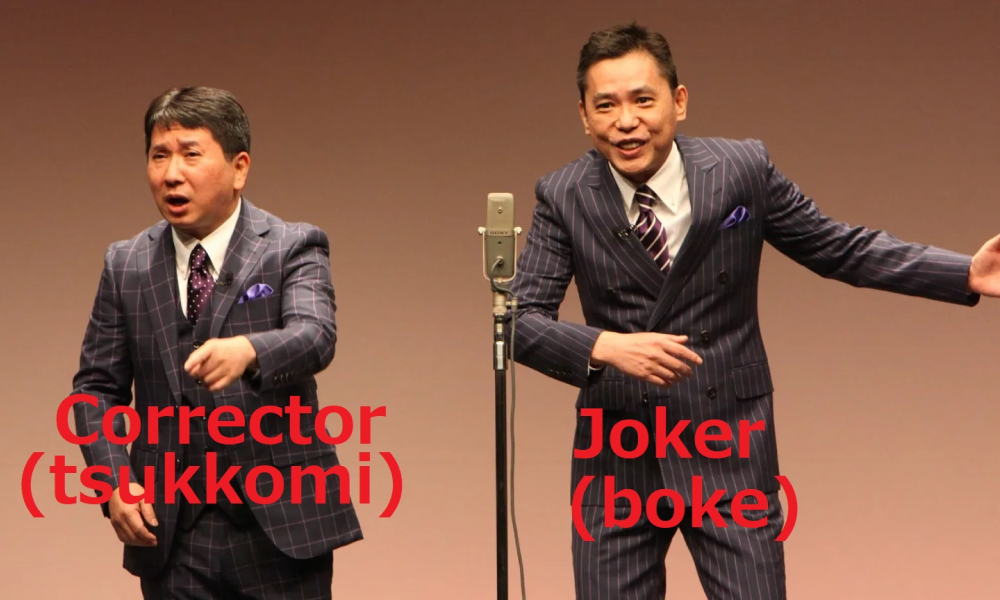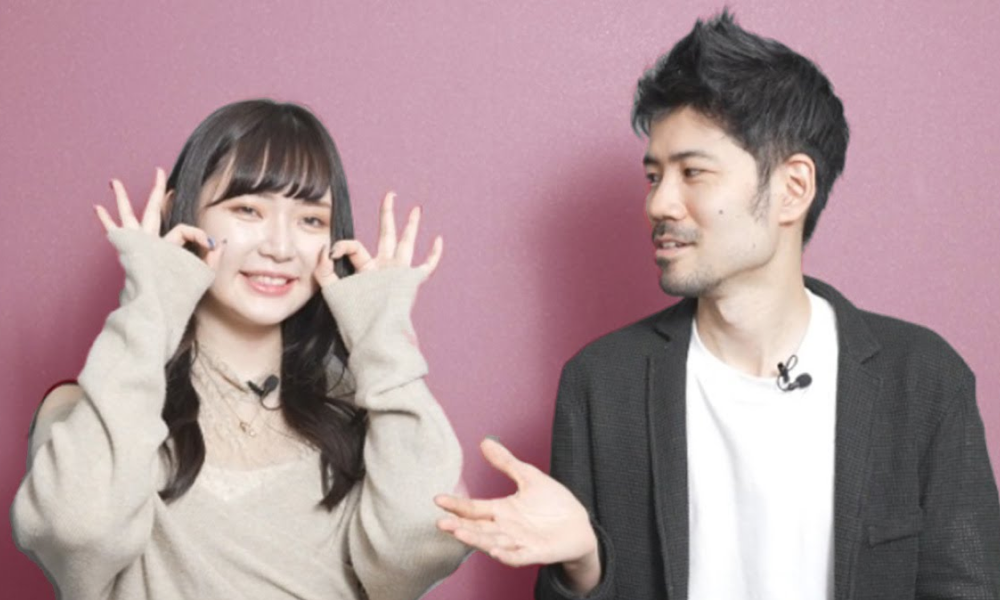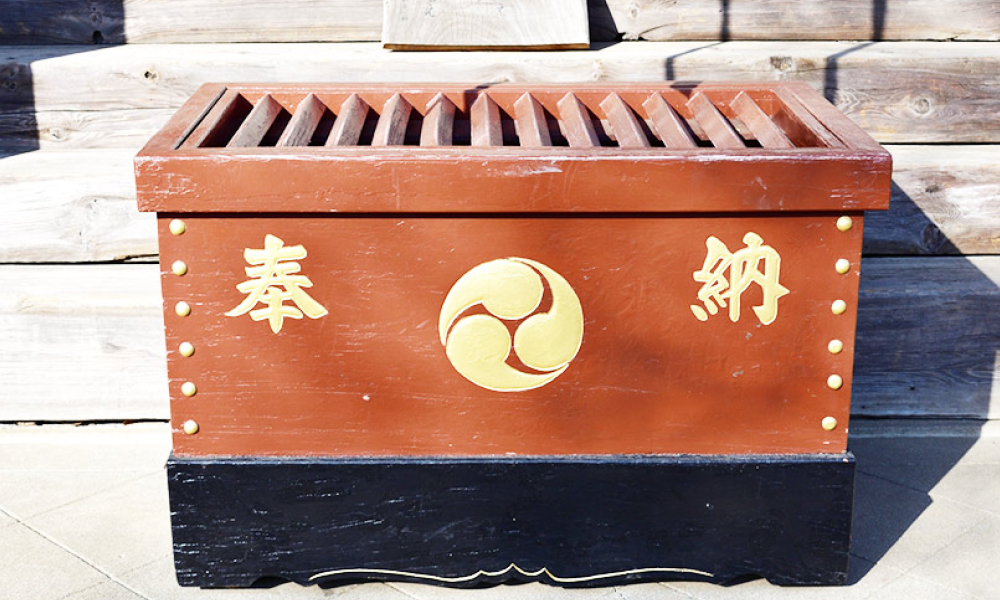Are you fascinated by Japanese culture and looking to build genuine connections with Japanese women? One of the most delightful and effective ways to do so is by embracing tsukkomi (witty retorts)—a key part of Japanese humor and conversation. Tsukkomi doesn’t just make you a better conversationalist; it showcases attentiveness, quick thinking, and a willingness to engage meaningfully, qualities highly appreciated in Japanese culture.
This guide dives deep into the concept of boke and tsukkomi. We will explain how these roles can enhance your interactions, and offer practical examples to help you master the art of Japanese humor. By the end, you’ll have the tools to create fun, engaging, and memorable conversations that leave a lasting impression.
Understanding Japanese Women: Key Traits and Cultural Norms

To connect effectively with Japanese women, it’s essential to understand their cultural background and common communication styles. While individual personalities vary, these general traits provide helpful insights:
1. Reserved and Considerate
Firstly, Japanese women often prefer modesty over assertiveness, placing importance on harmony in their interactions. Then this means they may avoid expressing opinions too strongly or directly.
2. “Reading the Air” (空気を読む)
Secondly, a unique aspect of Japanese communication is the emphasis on nonverbal cues and subtlety. “Reading the air” involves understanding unspoken feelings or social dynamics, making indirect communication more prevalent.
3. Valuing Politeness and Humility
Thirdly, politeness is deeply ingrained in Japanese culture, and humility is seen as an admirable quality. Overconfidence or boastfulness can come across as off-putting, whereas modesty and thoughtfulness create a positive impression.
Understanding these traits will help you tailor your communication style to build trust and foster meaningful conversations.
What Is Tsukkomi? The Role of Humor in Japanese Communication
Japanese humor often revolves around the interplay of boke (playful remarks or exaggerations) and tsukkomi (witty corrections or reactions). This dynamic, deeply rooted in Japan’s comedic culture, isn’t just for TV—it’s also a staple of everyday interactions.
The Basics
- Boke: A humorous or intentionally silly comment designed to invite a reaction. For example, think of it as playful self-deprecation or exaggeration. In other words, it’s a way to make light of oneself, often with a touch of exaggeration to prompt a response.
- Tsukkomi: A quick-witted retort that acknowledges and “corrects” the boke. It often adds humor by pointing out the absurdity of the statement.

Why Tsukkomi is so Effective
It resonates because it requires active listening, quick thinking, and empathy. It shows that you’re paying attention to the conversation and engaging with what the other person is saying—all while keeping the tone light and fun.
In fact, research indicates that 61.6% of women prefer tsukkomi-style men over boke-style men. Here’s why:
- Tsukkomi Demonstrates Intelligence: For instance, a well-timed response highlights quick thinking and sharpness. Moreover, it showcases the ability to react effectively in real-time.
- It’s Empathetic: In addition, Tsukkomi involves genuinely responding to what the other person says, making them feel heard. As a result, it fosters a deeper connection and mutual understanding.
- It’s Grounded: While boke may come off as self-centered, tsukkomi focuses on the other person, creating a more balanced dynamic.
How to Master Tsukkomi in Everyday Conversations

1. Listen Actively
Active listening is the cornerstone of tsukkomi. Pay close attention to her words, tone, and the context of the conversation. Especially look for humorous or exaggerated statements that you can respond to with a witty remark.
- Example:
- Her: “I used to be in the dance club, but I quit after six months.”
- You: “Six months? That’s like a speedrun for quitting! What happened?”
This playful response keeps the conversation light while inviting her to share more.
2. React Thoughtfully
Secondly, Tsukkomi isn’t about being overly critical; it’s about gently teasing or correcting in a way that highlights the humor.
Example:
- You: “This ramen is so delicious, it’s like a taste of heaven!”
- Her: “Wait, have you been to heaven? (Laughs)”
Such exchanges build rapport and make conversations feel effortless and enjoyable.
3. Balance Humor with Sensitivity
While tsukkomi is excellent for lightening the mood, it’s important to recognize when a serious or empathetic response is needed.
Example:
- Her: “I’ve been making a lot of mistakes at work recently.”
- You: “Don’t worry. Even robots mess up sometimes… Well, maybe not, but humans are much cooler anyway!”
This approach blends encouragement with humor, making her feel supported.
How Tsukkomi Can Strengthen Connections
One of the biggest advantages of tsukkomi is its ability to create engaging, two-way conversations. Here’s how it helps build stronger relationships:
1. Makes Her the Star
Unlike boke, which can sometimes focus on your humor, tsukkomi revolves around responding to her thoughts and words. This shift in focus makes her feel valued and understood.
2. Keeps the Conversation Lively
By adding humor and playfulness to the interaction, tsukkomi prevents conversations from becoming dull or one-sided.
3. Builds Emotional Comfort
Tsukkomi creates a light-hearted atmosphere where she feels free to express herself without fear of judgment.
How to Invite a Japanese Woman on a Date (With a Dash of Tsukkomi)

Japanese women typically prefer a polite and indirect approach to dating. But by using tsukkomi you can make your invitation feel fun and low-pressure.
Examples of Invitations using Tsukkomi
Polite and Direct:
- “I heard about this amazing café. If you’re interested, I’d love to go with you.”
Playful Tsukkomi:
- You: “I heard this café’s coffee is so strong it can make you fly. Want to test it with me?”
- Her: “Fly? Are you sure it’s coffee and not rocket fuel? (Laughs)”
These approaches create a friendly, lighthearted vibe that aligns with Japanese cultural preferences.
Tsukkomi in Comparison: Japanese vs. Western Styles
| Japanese Style | Western Style | |
| Humor | Boke and tsukkomi; playful exchanges | Sarcasm, wit, or storytelling |
| Communication Style | Indirect and subtle | Direct and straightforward |
| Dating Approach | Polite and group-oriented | Assertive and individualistic |
Practical Tips for Mastering Tsukkomi
1. Watch Japanese Comedy Shows
Firstly, shows like Manzai feature exaggerated boke and tsukkomi interactions, giving you a sense of timing and delivery.
2. Practice in Low-Stakes Settings
Then, start small by using tsukkomi with friends or in casual conversations. Over time, you’ll develop confidence and intuition.
3. Blend Humor with Authenticity
Finally don’t rely solely on humor—show genuine interest in her words and experiences to create a well-rounded connection.
Tsukkomi and Food: A Secret Weapon
Food is a universal conversation starter, and tsukkomi can make food-related discussions even more engaging.
Example:
- You: “What’s your favorite food?”
- Her: “Sushi.”
- You: “Great choice. If sushi could talk, it’d probably say, ‘Thanks for being loyal!’”
Remembering her favorite foods and bringing them up later (e.g., suggesting a sushi date) shows attentiveness and thoughtfulness.
Humor as a Bridge to Connection
Generally mastering tsukkomi isn’t just about making witty comebacks—it’s about creating a dynamic, engaging conversation where both parties feel valued. Additonally by blending humor with empathy, attentiveness, and cultural awareness, you’ll stand out as a thoughtful and approachable conversationalist.
Whether it’s through playful boke and tsukkomi exchanges or thoughtful follow-ups, your efforts to engage with Japanese humor will not only deepen your connections but also showcase your respect for the culture. So go ahead—practice your tsukkomi, embrace the rhythm of Japanese humor, and enjoy the journey of building meaningful relationships filled with laughter and mutual understanding. Good luck!










